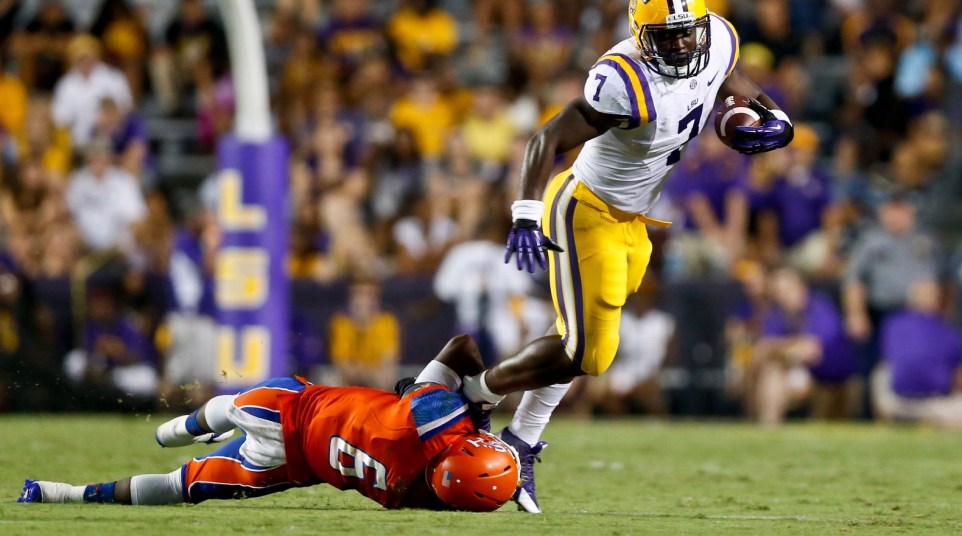The SEC and its FCS opponents
From 1978 until 2006, the NCAA split its levels of football into tiers. There was Division I-A, the big boys, where the SEC resided. Then there was Divisions I-AA, the smaller schools that didn’t possess the same football might. Division II and III are still out there as well. In 2006, I-A and I-AA were renamed the Football Bowl Subdivision (I-A) and Football Championship Subdivision (I-AA).
There are some major differences between the two. FBS, as the name indicates, goes by the bowl system for its postseason, which determined the national champion until this past season, when the new playoff system was instituted. FCS has long held its version of a postseason tournament, which as of 2013 expanded to include 24 teams. There are other differences as well, chiefly scholarship numbers (85 for FBS, 60 for FCS).
Despite those uneven playing fields, most FBS teams schedule FCS opponents annually, occasionally more than one. It’s a true David vs. Goliath meeting, except in this story Goliath wins just about every time. When an FCS team does pull the upset — such as Appalachian State over Michigan in 2007 — it generally becomes major news in the football world.
There is some good that comes to FCS teams for their scheduled beat downs every year. The first, of course, is the opportunity to play football on the biggest of stages. Not many FCS stadiums can rival even the smallest of SEC stadiums, and certainly no FCS opponent can match the talent level those teams face against their mightier opponents.
The bigger draw is financial. For FCS vs. FBS games, the FBS team forks over a huge sum of money, from a few hundred thousand dollars and up, to bring in an FCS sacrificial lamb. Those massive payouts are the lifeblood of many FCS schools, allowing them to continue to operate.
Last season, the SEC in particular drew some heat for its “cupcake” games. With schools like Furman, Charleston Southern, Eastern Kentucky and Sam Houston State dotting the schedule, many pundits thought the SEC was unfairly loading up on FCS opponents, even though the number of lower-tier opponents the conference played in 2014 wasn’t out of line with the rest of the Power Five conferences.
Whether you agree with the SEC’s tendency to schedule FCS teams or not, they’re going to continue to do it. Which schools have scheduled the most FCS opponents since the FBS/FCS designations came to be in 2006? Here are the numbers from 2006-14 (keep in mind that Missouri and Texas A&M resided in the Big 12 from 2006-11):
- Alabama — 7
- Arkansas — 9
- Auburn — 8
- Florida — 7
- Georgia — 9
- Kentucky — 9
- LSU — 6
- Mississippi State — 9
- Missouri — 9
- Ole Miss — 10
- South Carolina — 9
- Tennessee — 5
- Texas A&M — 7
- Vanderbilt — 7
Over the last nine seasons, the SEC’s teams have played a total of 111 games against FCS opponents, an average of less than one FCS opponent for each team annually. The SEC has only dropped two of those 111 games — Ole Miss against Jacksonville State in their 2010 season opener and Florida against Georgia Southern in 2013. Both of those SEC teams finished the season 4-8. Only twice has one of the SEC’s current programs played two FCS teams in a season, Ole Miss in 2009 and Texas A&M in 2012, the Aggies’ first year in the SEC. Every SEC vs. FCS game was hosted by the SEC school.

